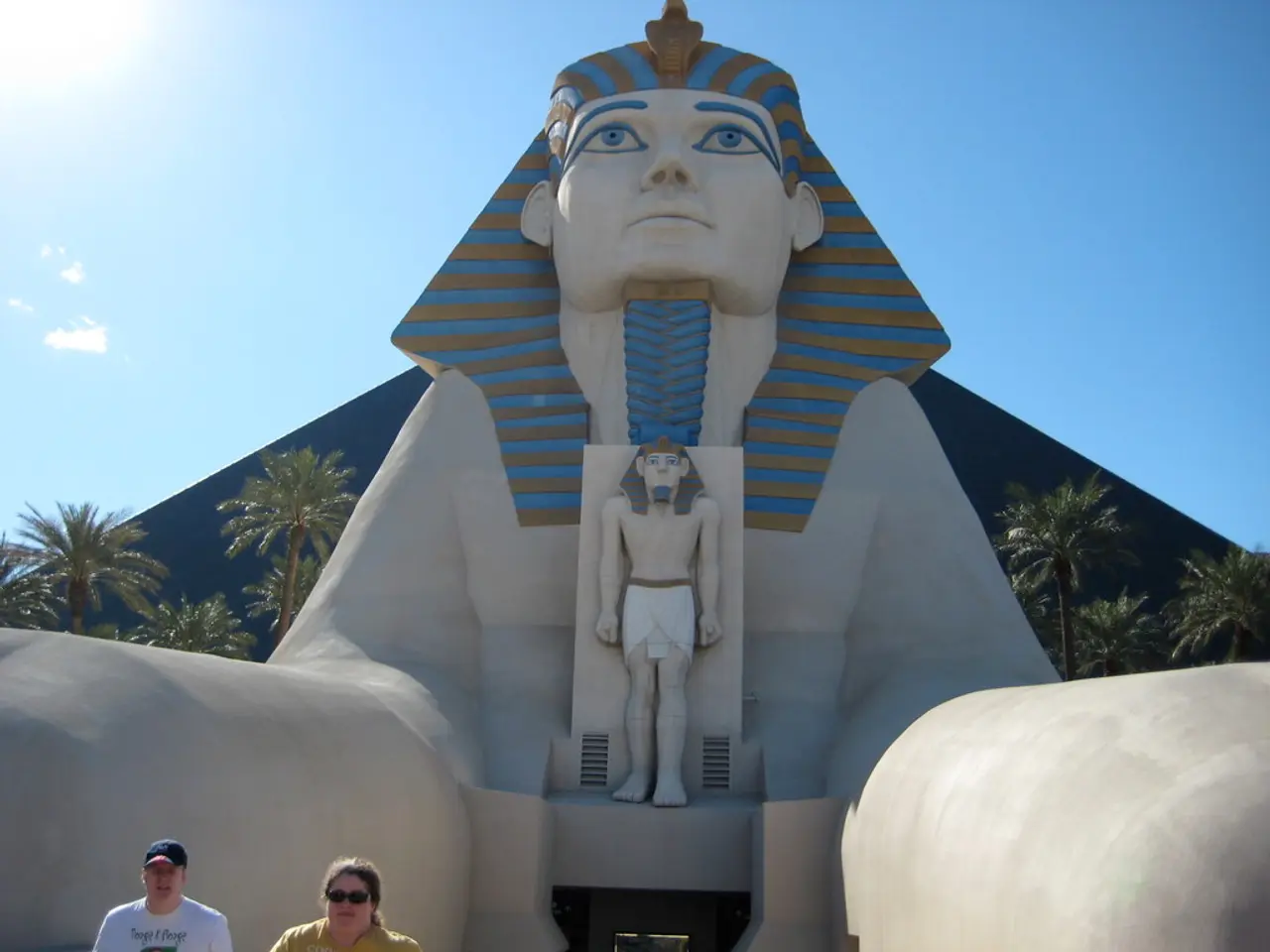Ancient Egyptians venerated a diverse array of animal deities, ranging from felines to bovines to crocodiles.
In the rich tapestry of ancient Egyptian mythology, animal cults played a pivotal role in shaping the country's pantheon and religious practices. These cults, which evolved over time, reflected the Egyptians' relationship with their environment and the animals that inhabited it.
Evolution of Animal Cults
One such example is Sobek, the Crocodile God, whose cult was prominent in regions where crocodiles were common. The priests cared for live crocodiles, which were seen as embodiments of the divine. Over time, Sobek's identity merged with other gods, gaining solar attributes as Sobek-Ra. This evolution reflects the integration of various deities to enhance their powers and roles in the pantheon.
Bastet, the Cat Goddess, initially worshiped as a fierce lioness, shifted her imagery to a cat after domestication. This change symbolized protection and maternal care rather than ferocity alone. Her cults were significant in Bubastis and Memphis. The evolution of Bastet reflects the cultural and environmental changes influencing Egyptian deities.
Wadjet, the Cobra Goddess, was associated with the Egyptian cobra and symbolized the fertile yet dangerous Nile Delta. Her presence was linked to the royal headdress, emphasizing her role as a protector and symbol of sovereignty.
Influence on the Egyptian Pantheon
The animal cults contributed to the syncretic nature of Egyptian religion, where gods' attributes and roles were combined to strengthen their myths and powers. For example, Sobek's merge with Ra elevated his status and cosmos role.
The animal cults often reflected the Egyptians' relationship with their environment and the dangers it posed. For instance, the worship of crocodiles and cobras symbolized both the reverence and fear of these animals in daily life.
Animals were used symbolically to convey divine attributes and roles within Egyptian mythology. This symbolism was essential for understanding the complex pantheon and the interplay between nature and divinity.
Legacy and Cultural Impact
The remnants of these cults, such as mummified animals and temple sculptures, provide tangible evidence of their historical significance. Sites like Kom Ombo and Crocodilopolis continue to fascinate modern archaeologists and historians.
The animal cults demonstrate a continuous cultural thread throughout Egyptian history, connecting ancient practices with later religious developments. They highlight the Egyptians' deep reverence for nature and their perception of it as an extension of divine power.
For instance, Amun, an ancient Egyptian god, was elevated to the position of state god during the New Kingdom period, worshipped in Theban temples such as Karnak. Amun's ram associations go very far back to the ancient Egyptian god Khnum, creator of human beings.
In summary, animal cults in ancient Egypt evolved over time, reflecting environmental interactions and cultural shifts. They significantly influenced the Egyptian pantheon by integrating divine attributes, symbolizing natural forces, and reflecting social and environmental dynamics.
New discoveries and the iconic artifacts of ancient Egypt are a reminder of a time that lasted three millennia, in which an animal's power, grace, and strength were worshipped. Today, these cults continue to captivate us, offering a glimpse into the rich and complex world of ancient Egyptian mythology.
- Animal cults, as seen in Sobek, the Crocodile God, and Bastet, the Cat Goddess, evolved over time, reflecting changes in both the natural world and Egyptian culture.
- The Egyptian pantheon was strongly influenced by the syncretic nature of these animal cults, with gods' attributes and roles being combined to enhance their myths and powers.
- Symbolic representations of animals in Egyptian mythology were essential for understanding their complex pantheon and the interplay between nature and divinity.
- Modern archaeologists and historians are still fascinated by the remnants of these cults, such as mummified animals and temple sculptures, providing tangible evidence of their historical significance.
- Legacies of these ancient animal cults can be traced in various aspects of contemporary life, from education and self-development to entertainment, general news, sports, and even the medical- conditions and space-and-astronomy fields.
- The relationship between ancient Egyptians and their environment, as shown through animal cults, continues to captivate us, offering insights into the rich and complex world of history, lifestyle, and nature.




